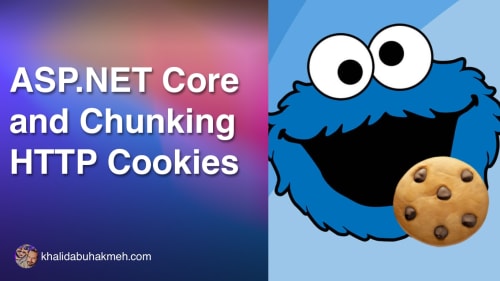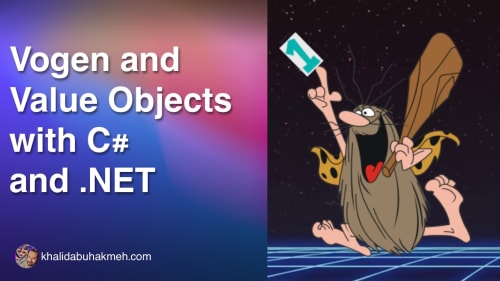Like many .NET developers, I’m starting to look at the features coming in .NET 10, C# 14, and specifically ASP.NET Core. To my surprise, ASP.NET Core Minimal APIs now support Server-Sent Events (SSE). For folks who don’t know what Server-Sent Events are, they are a unidirectional channel from the server to a client where a client can subscribe to events. SSE is handy for building live news feeds, stock ticker applications, or any system that has real-time information.
Inevitably, folks will ask, what’s the difference between SSE and SignalR? The difference is that SSE is lighter than WebSockets, and you can implement an SSE solution using the HTTP protocol. Whereas WebSockets, SignalR’s default operating mode, is a different protocol entirely. WebSockets are great, but the bidirectional communication between server and client adds additional costs that are typically unnecessary for the systems I mentioned previously.
In this post, I’ll show you how to implement a straightforward SSE example using ASP.NET Core Minimal APIs, a background service, and some basic JavaScript.











